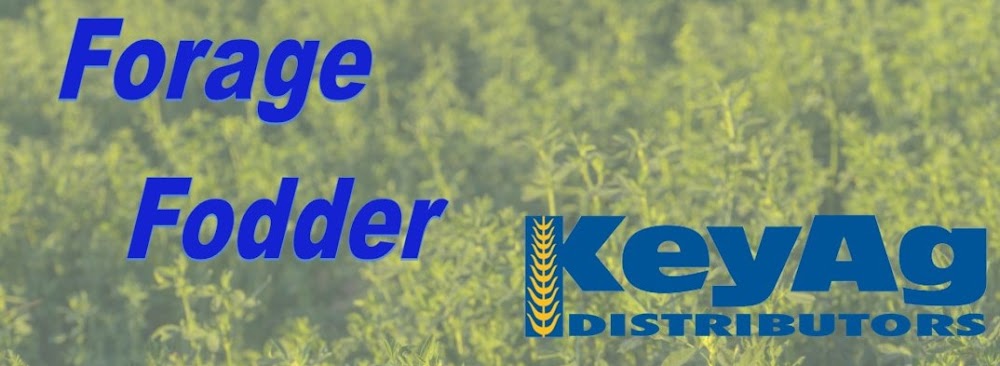Colorado—In the Nov. 16 report, compared to last report, trade activity and demand moderate. The bulk of activity remains in the horse hay markets. Horse hay sold mostly steady.
According to the NASS Colorado Crop Progress report for week ending Nov. 12, alfalfa hay fourth cutting harvested is 97% complete. Stored feed supplies were rated 1% very short, 7% short, 87% adequate and 5% surplus. Due to the Thanksgiving holiday, the next available report will be released Nov. 30.
Missouri—In the Nov. 16 report, compared to last report, hay movement is moderate, prices are steady, the supply of hay is light to moderate and demand is moderate.
Temperatures continue to be above average and dry. This is allowing for a lot of fall field work now that grain harvest is down to the short rows and is wrapped up for most in the state. Lack of moisture however has all but just a few counties along the southern border in some stage of drought with the latest monitor showing 82% of the state.
Nebraska—In the Nov. 16 report, compared to last report, hay sold steady across the region. Demand is still rather light for this time of year.
Some buyers are picking up a few loads here and there. Warm, dry and open weather has kept hay demand to a minimal. Also, the cattlemen that can graze after grass or other pastures are doing that as regrowth was good in a large area this year.
Finally, it has dried enough in the central area where farmers can get cornstalks put up nice and dry. Large supply of cornstalk bales has been produced in the last week and will continue if dry weather prevails. Next report will be released Nov. 30.
Oklahoma—In the Nov. 21 report, compared to the last report, not much has changed over the past two weeks. The hay trade is still slow. The trades that are being made are from long-time clients. Oklahoma has a larger hay inventory than usual. The larger hay inventory has caused the market to be a buyer’s market. Next report will be released Dec. 8.
exas—In the Nov. 17 report, compared to the last report, hay prices are mostly steady to firm across the majority of the regions with quality and freight being the largest determinants on price. Drought conditions improved in some areas, while others continued to deteriorate. Next report will be released Dec. 1.
South Dakota—In the Nov. 17 report, compared to last report, alfalfa hay steady. Moderate demand for alfalfa, good demand for high quality grass to start calves on feed with. As the weather has been mild this week, and with warmer temps in the forecast for next week there is not a big push to get hay bought.
Dairy operators’ margins remain under pressure causing them to try and buy hay cheaper. Moderate demand for corn stalks currently. Very mild, warm conditions this week allowing for corn stalk baling. Stock cows East River are out grazing crop residue fields, which is helping cattle producers to stretch their hay supplies. Mild weather through the weekend but a change coming early next week as temps will drop about 30 degrees.
New Mexico—In the Nov. 24 report, compared to last report, alfalfa hay steady. Trade active, demand good. The the state is 73% complete with fifth cutting, 54% with sixth cutting. Most parts of the state are wrapping up harvest for the season
According to New Mexico Crop Progress report as of Nov. 12. Hay and roughage supplies improved slightly from the previous week but remained in worse condition than prior years. Hay and roughage supplies were observed to be 25% very short, 42% short, 30% adequate, and 3% surplus. At 14% very short, 37% short, 45% adequate, and 4% surplus, stock water supplies were on par with the 5-year average. This is the last report for the season, reports will resume in spring 2024.
Wyoming—In the Nov. 16 report, compared to last report, all reported hay sold steady. Demand was light. Most hay is heading out of state. Some going east and other loads going south. Quite a lot of the utility and fair RFV testing hay sitting around in the eastern areas of the state. Corn harvest is 51% completed compared to 67% last year.
Montana—In the Nov. 17 report, compared to last report, hay sold fully steady. Hay sales were light again this week, however some sellers saw more calls and more interest this week than in weeks past.
Lower diesel prices has allowed freight to cheapen and helped move hay out of the state. Demand for hay to ship north to Canada has lightened. A strong dollar makes it more difficult to ship goods into Canada and interest in hay has lightened as a result. Western Canadian buyers, who were buying hay in Montana, have opted to buy hay in Central Canada instead due to lower freight costs and a poor exchange rate.
No sales within the report are destined for Canada again this week. Mild weather continues to curb demand within the state as many locations still have cows out grazing on Fall grass. Many ranchers have hay for sale as well which is adding additional pressure on the market as they are trying to market some of their excess hay as well. Demand for straw is moderate. Heavy straw supplies continue to be seen.


No comments:
Post a Comment